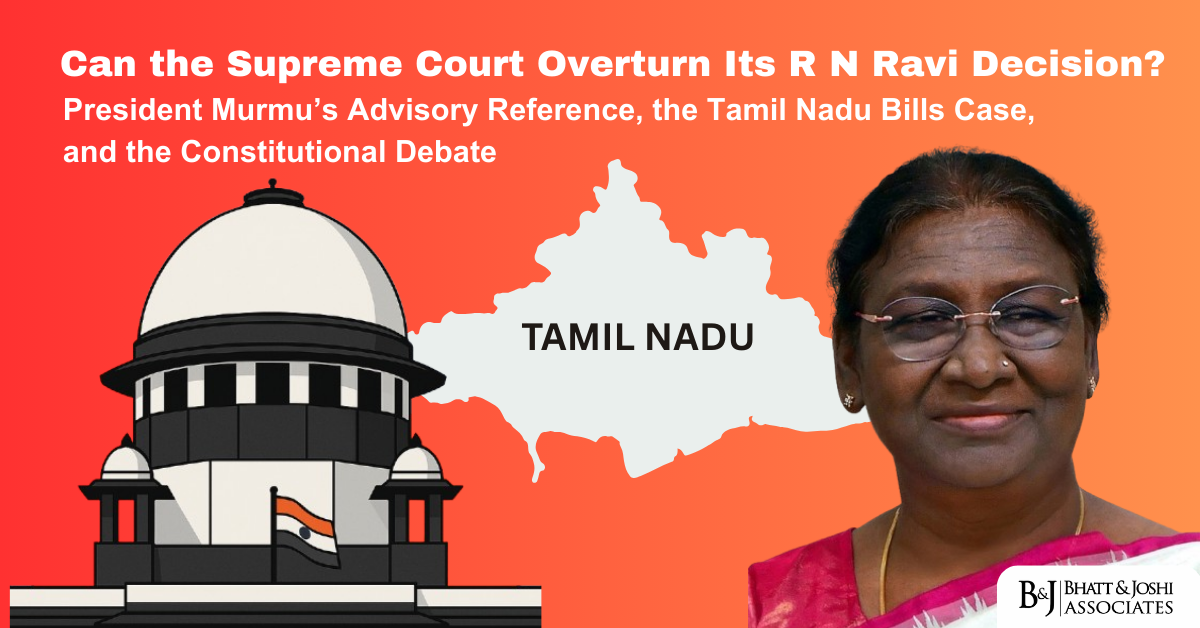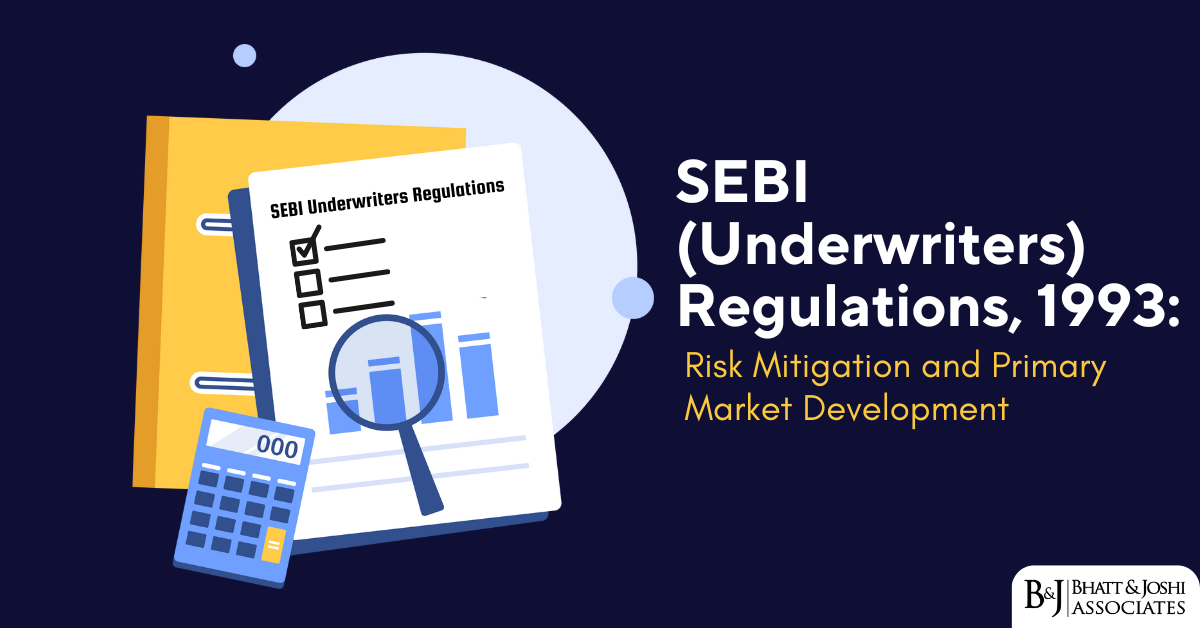Introduction
The Securities and Exchange Board of India (SEBI) introduced the Investment Advisers Regulations in 2013 as a watershed regulatory framework designed to transform the landscape of financial advisory services in India. These regulations emerged from the recognition that investors needed protection from conflicts of interest inherent in the traditional financial distribution model, where advice and product sales were often intertwined. By establishing a distinct regulatory framework for investment advisers, SEBI aimed to foster a more transparent, accountable, and professional advisory ecosystem that prioritizes investor interests.
The regulations marked a paradigm shift in how financial advice is delivered in India, drawing inspiration from global regulatory developments while adapting to the unique characteristics of the Indian financial marketplace. Their introduction represented SEBI’s commitment to enhancing investor protection and improving the quality of financial advice available to Indian investors across the wealth spectrum.
The Road to SEBI’s 2013 Investment Adviser Regulations
Prior to 2013, investment advisory services in India operated in a relatively unregulated environment. Financial intermediaries often provided “advice” as an ancillary service to their primary business of distributing financial products, creating inherent conflicts of interest. Advisers frequently recommended products that generated the highest commissions rather than those best suited to client needs.
Recognizing these issues, SEBI initiated consultations on regulating investment advisory services in 2007. After multiple rounds of stakeholder engagement and public comments, the SEBI (Investment Advisers) Regulations, 2013 were finally notified on January 21, 2013, with implementation beginning in April of that year.
The regulations drew inspiration from international developments, particularly the Retail Distribution Review (RDR) in the UK and evolving fiduciary standards in the US. However, they were distinctly tailored to address India-specific challenges, including low financial literacy, the predominance of commission-based distribution models, and the nascent stage of fee-based advisory services in the country.
Registration Requirements Under Chapter II
The cornerstone of the regulatory framework is the mandatory registration requirement established under Chapter II. Regulation 3(1) explicitly states: “On and from the commencement of these regulations, no person shall act as an investment adviser or hold itself out as an investment adviser unless he has obtained a certificate of registration from the Board under these regulations.”
This provision effectively ended the era of unregistered advisory services, bringing all investment advisers under SEBI’s regulatory purview. The registration process is rigorous, with Regulation 6 establishing specific eligibility criteria related to qualifications, experience, certification, and capital adequacy.
For individual advisers, Regulation 6(k) mandates that they “shall have a professional qualification or post-graduate degree or post graduate diploma (minimum two years) in finance, accountancy, business management, banking, insurance, or related subjects from a university or an institution recognized by the central government or any state government or a recognized foreign university or institution or association.” Additionally, they must have at least five years of relevant experience.
Corporate entities seeking registration must satisfy additional requirements, including net worth criteria of “not less than twenty five lakh rupees” as specified in Regulation 6(m). The regulations also impose “fit and proper” criteria, ensuring that only individuals and entities with untarnished reputations and appropriate competence can provide investment advice.
The registration framework established under Chapter II serves as a gatekeeper mechanism, ensuring that only qualified and financially sound entities can enter the advisory business. This has significantly raised entry barriers, leading to a more professionalized advisory landscape.
Disclosure and Conduct Obligations for SEBI-Registered Investment Advisers
Chapter III of the regulations establishes comprehensive obligations for investment advisers, setting high standards for professional conduct. Regulation 13 mandates detailed risk disclosures and the provision of material information to clients.
Regulation 13(1) specifically requires that investment advisers “disclose to a prospective client, all material information about itself including its business, disciplinary history, the terms and conditions on which it offers advisory services, affiliations with other intermediaries and such other information as is necessary to take an informed decision on whether or not to avail its services.”
The regulations also impose strict requirements regarding disclosure of conflicts of interest. Regulation 13(c) mandates disclosure of “any actual or potential conflicts of interest arising from any connection to or association with any issuer of products or securities, including any material information or facts that might compromise its objectivity or independence in carrying on investment advisory services.”
These disclosure requirements represent a significant departure from previous practices, where conflicts often remained hidden from investors. By mandating transparency, the regulations empower investors to make more informed decisions about their choice of adviser.
Fiduciary Responsibilities Under Regulation 15
Perhaps the most transformative aspect of the regulations is the explicit establishment of fiduciary duties for investment advisers. Regulation 15(1) unequivocally states that “an investment adviser shall act in a fiduciary capacity towards its clients and shall disclose all conflicts of interests as and when they arise.”
This fiduciary standard represents the highest legal duty of care, requiring advisers to place client interests above their own under all circumstances. This stands in stark contrast to the previous suitability standard that generally governed financial product distribution, which merely required recommendations to be “suitable” rather than optimal for clients.
Regulation 15(2) further specifies that an investment adviser shall “not divulge any confidential information about its client, which has come to its knowledge, without taking prior permission of its clients, except where such disclosures are required to be made in compliance with any law for the time being in force.” This reinforces the position of trust that advisers occupy and their obligation to safeguard client information.
The imposition of fiduciary duty has fundamentally altered the advisory landscape, shifting the primary obligation of advisers from sales to client welfare. This has been particularly impactful in addressing conflicts of interest that previously plagued the financial advisory industry in India.
Risk Profiling and Suitability Under Regulation 16
The regulations establish a structured approach to advisory services through Regulation 16, which mandates risk profiling and suitability assessments. Regulation 16(a) requires investment advisers to “obtain from the client, such information as is necessary for the purpose of giving investment advice, including the following: (i) age; (ii) investment objectives including time horizons; (iii) risk appetite/tolerance; (iv) income details; (v) existing investments/assets/liabilities; (vi) such other information as is relevant…”
This requirement institutionalizes a systematic approach to understanding client needs before providing advice, moving away from product-centric recommendations toward client-centric solutions.
Regulation 16(b) further mandates that advisers “ensure that the advice is suitable and appropriate to the risk profile of the client,” while Regulation 16(c) requires them to “ensure that all investments on which investment advice is provided are appropriate to the risk profile of the client.”
These provisions have transformed how advisory services are delivered, necessitating comprehensive fact-finding, structured risk assessment, and personalized recommendations. The “know your client” principles embedded in Regulation 16 have elevated the quality of financial advice available to Indian investors.
Segregation of Advisory and Distribution Activities
One of the most contentious but transformative aspects of the regulations is the requirement to segregate advisory and distribution functions. Regulation 22 addresses this critical issue, aiming to minimize conflicts of interest that arise when the same entity provides advice and sells products.
Regulation 22(1) states that “an investment adviser which is also engaged in activities other than investment advisory services shall ensure that its investment advisory services are clearly segregated from all its other activities.” This requirement has forced many financial intermediaries to restructure their operations to maintain compliance.
The segregation requirement has been further strengthened through amendments, with SEBI mandating that advisers provide clients with options from multiple product providers rather than focusing on in-house products. This has significantly reduced the scope for biased advice driven by sales incentives.
Key Judicial Decisions Defining SEBI Investment Adviser Regulations
Amit Rathi v. SEBI (2017)
This landmark case before the Securities Appellate Tribunal (SAT) helped clarify the definition of “investment advice” under the regulations. Amit Rathi challenged SEBI’s interpretation that certain communications constituted investment advice requiring registration.
The SAT ruling provided crucial guidance, stating: “The mere provision of general information about financial products does not constitute investment advice. For communications to qualify as investment advice under the regulations, they must include specific recommendations tailored to the recipient’s financial situation and objectives.”
This judgment established important boundaries between general financial information and personalized investment advice, clarifying when registration requirements apply. It has become a touchstone for determining when communications cross the threshold into regulated advisory services.
Bajaj Capital v. SEBI (2015)
This case addressed the contentious issue of separating advisory and distribution activities. Bajaj Capital challenged SEBI’s directive requiring strict segregation between its advisory arm and distribution business.
The SAT ruling upheld SEBI’s position, stating: “The regulatory intent behind Regulation 22 is to eliminate conflicts of interest that inevitably arise when the same entity both advises clients and earns commissions from product sales. The segregation requirement is not merely organizational but functional, requiring distinct operations with appropriate safeguards.”
This ruling reinforced SEBI’s authority to enforce the segregation requirement, accelerating industry restructuring as firms adapted their business models to comply with the regulatory mandate.
ICICI Securities v. SEBI (2019)
This case clarified obligations regarding fee structure disclosures under the regulations. ICICI Securities challenged a SEBI order regarding inadequate disclosure of fee arrangements.
The SAT ruling emphasized the importance of transparent fee disclosures, stating: “Fee transparency is not a procedural formality but a substantive requirement that enables investors to make informed decisions. Investment advisers must provide clear, comprehensive information about all direct and indirect compensation they receive in connection with their advisory services.”
This judgment established higher standards for fee transparency, requiring advisers to disclose not only direct fees charged to clients but also any indirect compensation that might influence their recommendations.
Impact of SEBI Investment Advisers Regulations on Advice Quality and Distribution
The Investment Advisers Regulations have significantly transformed India’s financial advisory landscape. Research indicates that the quality of financial advice has improved, with advisers now conducting more thorough needs-based assessments before making recommendations. The structured approach to risk profiling mandated by Regulation 16 has led to more appropriate asset allocation strategies aligned with client risk tolerance.
Distribution practices have also evolved in response to the regulations. Traditional distributors have pursued several adaptation strategies: some have obtained investment adviser registration and transitioned to fee-based models, others have clearly demarcated their advisory and distribution functions, while some have chosen to focus exclusively on distribution without providing personalized advice.
The regulations have fostered greater specialization within the industry, with clear differentiation emerging between pure advisers and product distributors. This specialization has benefited investors by clarifying the nature of services they receive and the associated compensation structures.
Fee-Based vs. Commission-Based Advisory Models
The regulations have catalyzed the growth of fee-based advisory models in India, though commission-based distribution remains predominant. Fee-based advisers typically charge clients directly for their services, either through fixed fees, hourly rates, or percentage-based fees calculated on assets under advice.
Research indicates that fee-based models are associated with more objective advice, as advisers’ compensation is not tied to product recommendations. However, the transition to fee-based models has been gradual, with many investors still reluctant to pay explicitly for advice they previously perceived as “free” under commission-based arrangements.
The regulations have created a more level playing field for fee-based advisers, who previously struggled to compete with “free” advice subsidized by product commissions. By requiring clear disclosure of all compensation arrangements, the regulations have helped investors understand the true cost of advice under different models.
Effectiveness in Addressing Conflicts of Interest
While the regulations have established a robust framework for addressing conflicts of interest, implementation challenges remain. The segregation requirement has been particularly effective in reducing conflicts at the organizational level, forcing entities to choose between advisory and distribution as their primary business model.
The fiduciary standard established under Regulation 15 has elevated the legal duty of care for registered investment advisers, providing investors with stronger protection against conflicted advice. However, enforcement challenges persist, as proving violations of fiduciary duty often requires detailed evidence of adviser intent and client harm.
The regulations have been most effective in addressing obvious conflicts, such as those arising from commission incentives. More subtle conflicts, such as those stemming from affiliations with financial institutions or product providers, remain challenging to eliminate entirely despite the disclosure requirements.
Comparison with International Regulatory Models
The SEBI Investment Advisers Regulations share similarities with international frameworks but exhibit distinct characteristics reflecting India’s unique market conditions. Compared to the UK’s Retail Distribution Review (RDR), which effectively banned commissions for retail investment advice, SEBI’s approach has been more gradual, focusing on segregation and disclosure rather than outright prohibition of commission-based models.
The regulations align with the fiduciary standards emerging in the US financial advisory space, though they provide more prescriptive guidance on implementation. While the US has experienced regulatory oscillation regarding fiduciary standards, SEBI has maintained a consistent trajectory toward stronger investor protection.
Both the Indian regulations and international frameworks share the core objective of reducing conflicts of interest in financial advice. However, SEBI’s implementation acknowledges the developmental stage of India’s advisory market, allowing for a measured transition rather than a disruptive overhaul that might limit advice accessibility.
Conclusion and Future Outlook for SEBI Investment Advisers Regulations
The SEBI (Investment Advisers) Regulations, 2013 represent a significant milestone in the evolution of India’s financial advisory landscape. By establishing clear registration requirements, imposing fiduciary duties, mandating risk profiling, and addressing conflicts of interest, the regulations have elevated standards across the industry.
Looking ahead, several challenges and opportunities will shape the continued evolution of investment advisory regulation in India. Digital transformation is creating new models for advice delivery, requiring regulatory adaptation to address emerging technologies like robo-advisors and algorithm-based recommendation systems.
The persistent challenge of expanding access to quality financial advice beyond affluent segments remains. Fee-based advisory models, while reducing conflicts, have sometimes limited accessibility for middle and lower-income investors who may be unwilling or unable to pay explicit advisory fees.
As the regulations continue to evolve, finding the balance between robust investor protection and advice accessibility will remain a central challenge. SEBI’s ongoing engagement with stakeholders and willingness to refine the regulatory framework based on implementation experience will be crucial in addressing this balance.
The SEBI Investment Advisers Regulations have established a foundation for a more professional, transparent, and client-centric advisory industry in India. While implementation challenges persist, the regulations have set in motion a transformation that continues to enhance investor protection and advice quality in one of the world’s fastest-growing financial markets.
References
- Securities and Exchange Board of India (SEBI) (2013). SEBI (Investment Advisers) Regulations, 2013. Gazette of India, Part III, Section 4.
- Securities Appellate Tribunal (2017). Amit Rathi v. SEBI. SAT Appeal No. 147 of 2017.
- Securities Appellate Tribunal (2015). Bajaj Capital v. SEBI. SAT Appeal No. 112 of 2015.
- Securities Appellate Tribunal (2019). ICICI Securities v. SEBI. SAT Appeal No. 208 of 2019.
- SEBI (2020). Consultation Paper on Review of SEBI (Investment Advisers) Regulations, 2013.
- SEBI (2016). Report of the Committee to Review the SEBI (Investment Advisers) Regulations, 2013.
- Financial Conduct Authority (UK) (2012). Retail Distribution Review Implementation.
- U.S. Department of Labor (2016). Fiduciary Rule: Conflict of Interest Final Rule.
- Reserve Bank of India (2017). Report on Household Finance in India. Committee on Household Finance.
- Ministry of Finance (2013). Financial Sector Legislative Reforms Commission Report.














